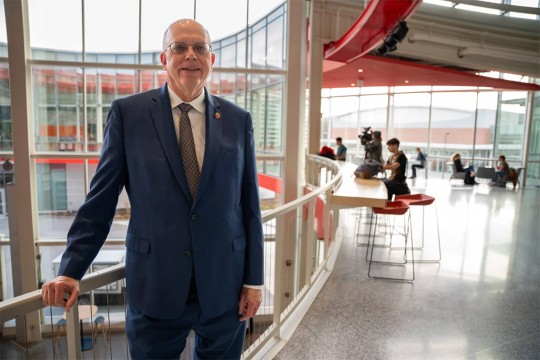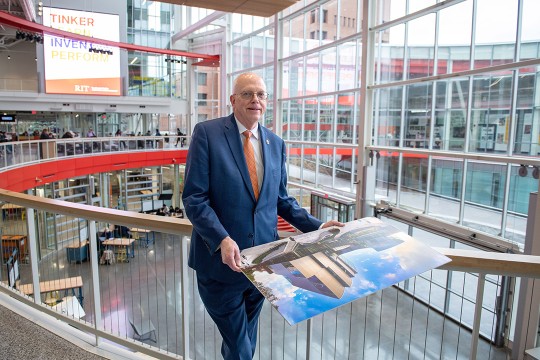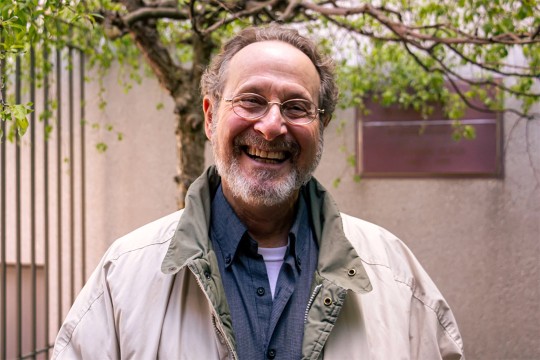Professor studies social computing
Research results in two-year NSF grant to develop new course
A. Sue Weisler
RIT\'s Laboratory for Social Computing is a collaboration between the B. Thomas Golisano College of Computing and Information Sciences (above) and the College of Liberal Arts.
How students network online and form virtual communities that extend beyond the university is the focus of professor Susan Barnes’ latest study in social computing. Barnes, professor of communication, recently won a two-year, $149,786 grant from the National Science Foundation to develop an undergraduate online course in the new discipline of social media. Social media or social computing is the use of software to facilitate social and organizational interaction and encompasses e-mail, instant messaging, interactive Web sites and blogs. “Social networking is not just Facebook,” Barnes says, referring to a Web site popular among college students. “It’s peer-to-peer sharing of information. It all ties in with user generated control. It’s such a new medium and people don’t know where it’s going, so we need to look at it.”
The project represents a collaboration between the College of Liberal Arts and the B. Thomas Golisano College of Computing and Information Sciences, and is the first NSF-funded study for the Laboratory for Social Computing. Barnes, a co-director of the lab, will head a research team including Christopher Egert, assistant professor of information technology, Stephen Jacobs, associate professor of information technology, and Nicholas DiFonzo, professor of psychology.
The course will be offered in spring 2008 to 90 students and will double as a case study of technology and social networking. It will enable Barnes’ team to compare and contrast students’ ability to network and problem solve in three different online environments. Students will be given social computing tasks to complete in the online environments of myCourses, a text-based format; Second Life, a virtual-world software in which students create avatars, or visual computer representations of themselves; or a third environment that will be a form of open-source software, which users can modify.
The professors will track where their students go online, what social networks they form and how those networks extend to experts not affiliated with RIT. The text-heavy myCourses and the graphic world of Second Life are “radically different,” Barnes says. She is interested to see which environment will foster use in group interaction. “Second Life is more like a game world, which could be a distraction. Because of the visuals, it may get students more engaged, or it may not. Is it a trend or is it really going to help education?” Barnes’ project has implications for online teaching. One of the questions she hopes to answer is whether social computing brings “the industry into the classroom” through networks that grow to include outside sources. The interplay of different online environments will also provide other pedagogical insights. “How students interact in different environments will tell us a lot about what’s going on in online education,” Barnes says. “For instance, if students present themselves in different ways, how does this change the class dynamics?”















